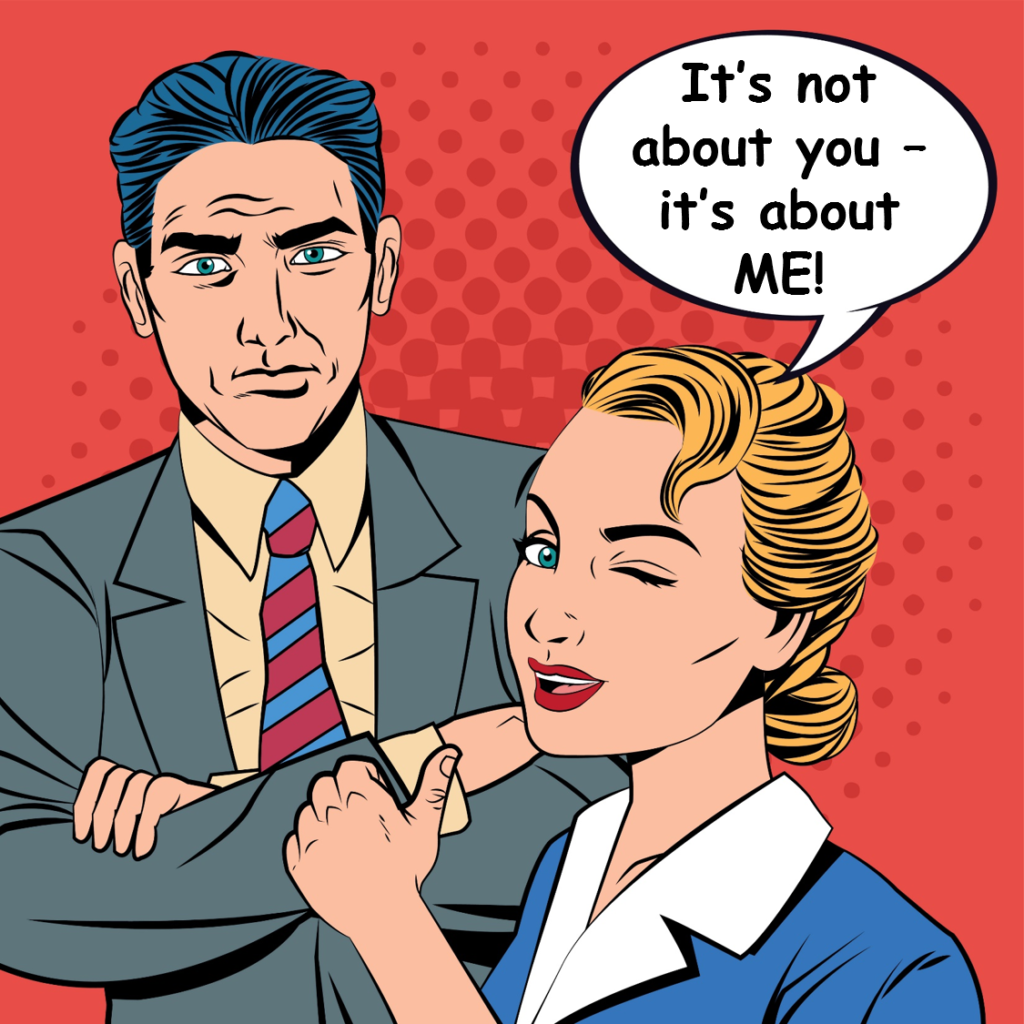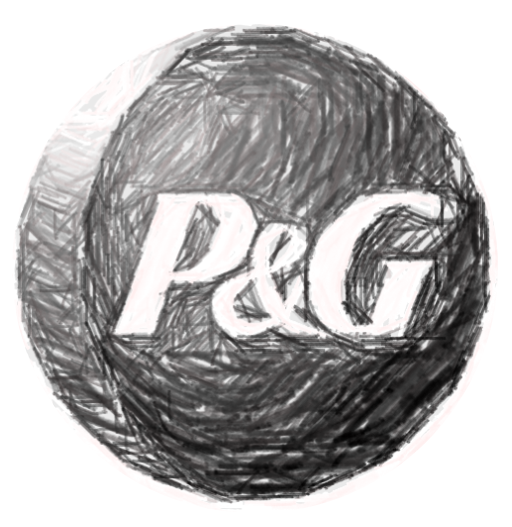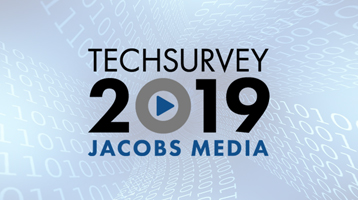
What’s the heavier lift – being a startup with no historic baggage trying to become a player in the new media space OR being a legacy brand with scale but hanging onto an “old school” reputation that hampers its ability to adapt to changing times?
Fact is, they both are challenging. But talk to any traditional company trying to fight it out in the new media landscape, and they’ll tell you it can be a tough slog. Whether it’s sustaining growth while innovating or attracting the best and brightest young talent, it’s not an easy task to turn the image of an established, major brand.
Like Procter & Gamble, for example – the world’s largest consumer products company, featuring iconic brands from Tide to Crest to Charmin. P&G is nearly 200 years-old, so as you might imagine, change can be hard.
But as Investor’s Business Daily notes, the company was highly visible last week at CES, sporting all kinds of techie  products. Their heated razor (I like this idea!) was successfully launched on Indiegogo, a crowdfunding site – and it sold out. When you’re competing with upstarts like Harry’s, you’d better connect with consumers and take some risks.
products. Their heated razor (I like this idea!) was successfully launched on Indiegogo, a crowdfunding site – and it sold out. When you’re competing with upstarts like Harry’s, you’d better connect with consumers and take some risks.
Other new innovations include the Oral-B Genius X toothbrush and Olay’s Skin Advisor platform that uses Artificial Intelligence to analyze skin condition using selfies. Obviously, P&G is not sitting still during this unique period of disruption.
Its Chief Brand Officer, Marc Pritchard, tells the Drum that a “hands on the keyboard” mindset at P&G is now powering a series of internal startups, designed to produce new consumer innovations.
How many does P&G have going at the same time?
All told, 130 small enterprises, made up of 3-4 person teams wrap their heads around “falling in love with a (consumer) problem and making things happen.”
This new business model breaks down the silos, the org charts, and the other impediments to effective problem-solving in an expeditious way. And that’s now an imperative for a company that’s not known for its agility or speed.
 This doesn’t just represent a policy change for P&G – it’s a cultural shift of epic proportions. Not only could these experiments produce “the next big thing” or just a great new brand, but they might also help attract some of the best and brightest young people who could discover they’d love to work for a company that’s 181 years-old.
This doesn’t just represent a policy change for P&G – it’s a cultural shift of epic proportions. Not only could these experiments produce “the next big thing” or just a great new brand, but they might also help attract some of the best and brightest young people who could discover they’d love to work for a company that’s 181 years-old.
And the key philosophy that is powering Pritchard’s innovation strategy is one that clashes with traditional thinking, whether we’re talking about razors or Rock.
“Brands for many years have been about about ‘me.’ ‘I’m a brand – let me tell you about me.’ What we want to do is shift that to brands who are all about ‘you,’ and all about the world, that are about being a force for good and a force for growth. That is exciting and that is, I think, the future of what we’ll see in 2019.”
That’s a new language for a traditional consumer goods product. And that’s the point.
A “people first model” is what’s driving Pritchard and his company.
From a radio perspective, brands have traditionally talked about themselves and their attributes – rather than focusing on listeners and solving their problems.
From Amazon to GM to Tide, the emphasis is shifting to what’s in it for the customer. Solving a listener’s problem represents a different mindset for the radio business. And it’s once again an area of focus in this year’s Techsurvey 2019 – now in the field and racking up thousands of responses  from all over North America. We’re well on the way to learning how the audience perceives broadcast radio in 2019, along with the other driving questions of the day.
from all over North America. We’re well on the way to learning how the audience perceives broadcast radio in 2019, along with the other driving questions of the day.
Why do people listen to our radio stations? Why have so many peeled off to streaming, satellite, and podcast options? What turns them off about broadcast radio? What problems can we solve for them?
The new P&G model is a full-on, company-wide attempt to break the bureaucratic logjam. When you’re a legacy brand competing with Harry’s, Madison Reed, SiriusXM, or Spotify, it requires a new focus on the consumer.
Radio companies are smaller and more agile, and therefore, in a much better position to fall in love with a consumer problem and make things happen.
It starts with people first.
And remembering it’s not about us. It’s about them.
- What’s Fair Is Fair - April 1, 2025
- What’s On Your Bucket List? - March 31, 2025
- “Honey, would you please talk to Alexa?” - March 28, 2025




Enjoy your viewpoints Fred. You are a true legend in the industry
Very kind of you, Mike. Thanks so much for reading our blog.